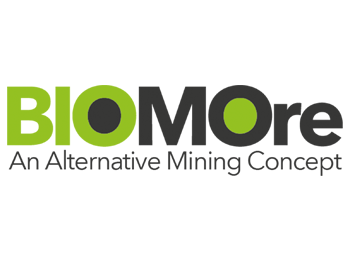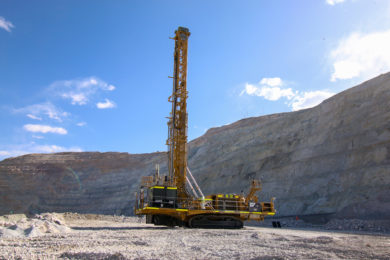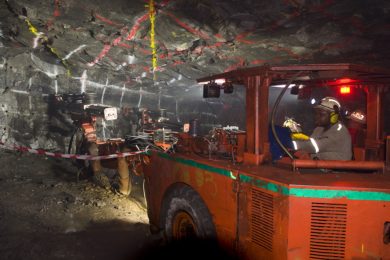Most technology metals and precious metals are becoming rare, particularly in the EU where extraction requires innovative and yet environmentally sustainable mining technologies. Existing deposits are highly exploited although adequate deposits exist at depths greater than 1,500 m. New methods are needed for recovering them in an economic, sustainable and environmentally acceptable way. As part of the Horizon 2020 Program, the EU-funded research project BIOMOre is designed to develop a new technological concept for the in-situ recovering of metals from deep deposits using controlled stimulation of pre-existing fractures in combination with in-situ bioleaching.
Mining chemicals are the subject of an article for the June issue of the magazine – anyone interested in contributing editorial, contact [email protected].
BIOMOre mainly focusses on already developed technologies but combines them to a completely new process that should be suitable and cost-effective even on industrial scale. The strategy implies hydro-fracturing and in-situ bioleaching to extract metals from ores by using sulphuric acid and innocuous living organisms (bacteria). In a future full-scale technical implementation two parallel drill holes are required; one for injecting the leaching liquor into the deposit, the other to transfer the dissolved material to the process cycle. The separation of metal (copper in the present project case) will be realised in a downstream bioreactor. Bioleaching represents a major focus of the BIOMOre project: All necessary technology for testing and monitoring – including the ferric iron-generating bioreactor (FIGB) for the separation of ore – will therefore be established underground at a KGHM operation in Poland.
The test facility will comprise two ore blocks of 100 cubic metres with boreholes drilled horizontally using standard equipment and will thus test the leaching process in a real environment. BIOMOre will enable high-detail testing of necessary methods and technical or geological equipment, at the same time avoiding time-consuming and risky permission procedures. The current project will perform extensive pre-feasibility studies including optimised technology and related CAPEX and OPEX cost figures as well as an optimised decommissioning of the site after the mining operations have been finished. If the results are good, a second phase of the project (but not within the framework of the currently running project) may intend to develop a pilot plant to demonstrate the applicability of the process on a large scale, including accessing the deposit from the surface. By this separation the EU “makes sure to evidently make a distinction between the design of the process and its implementation on a profitable scale.”
Up to now mining at greater depths implicates different technological and economical limits. The BIOMOre concept is designed to create, test and implement both a practical and cost-effective mining solution for future exploitation. This advanced mining technology will substantially decrease the costs for extraction and processing by keeping all the waste rock underground, thereby lowering infrastructure investments, avoiding underground and open-pit mining, minimising facilities and waste heaps and the subsequent excessive costs for remediation










